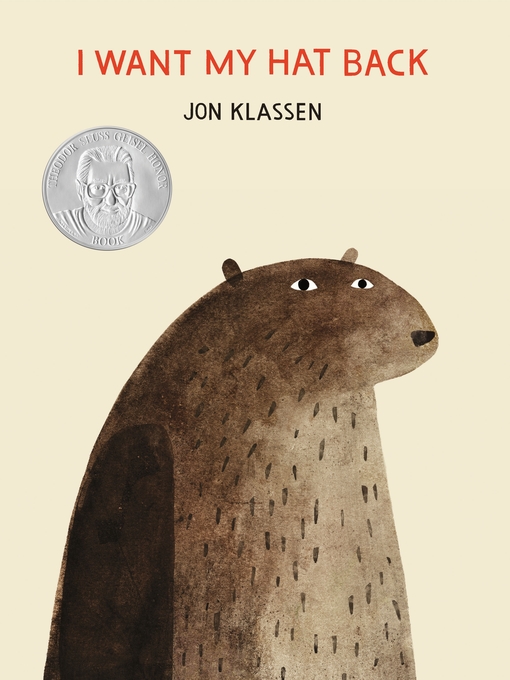A New York Times Best Illustrated Children's Book of 2011!
A picture-book delight by a rising talent tells a cumulative tale with a mischievous twist.
Features an audio read-along! The bear's hat is gone, and he wants it back. Patiently and politely, he asks the animals he comes across, one by one, whether they have seen it. Each animal says no, some more elaborately than others. But just as the bear begins to despond, a deer comes by and asks a simple question that sparks the bear's memory and renews his search with a vengeance. Told completely in dialogue, this delicious take on the classic repetitive tale plays out in sly illustrations laced with visual humor— and winks at the reader with a wry irreverence that will have kids of all ages thrilled to be in on the joke.
- New eBooks
- Fantasy Fiction
- Mysteries
- Graphic Novels for Adults and Teens
- YALSA Great Graphic Novels for Teens
- New eBooks for Teens
- Comics and Graphic Books for High School Students
- Always Available Teen eBooks
- Top 100 Teen Fiction ebooks 2024
- Top 100 Teen Nonfiction ebooks 2024
- Top 78 Teen Nonfiction Audiobooks 2024
- See all ebooks collections
- New Audiobooks for Teens
- Top 100 Teen Fiction Audiobooks 2024
- Fantasy
- See all audiobooks collections

